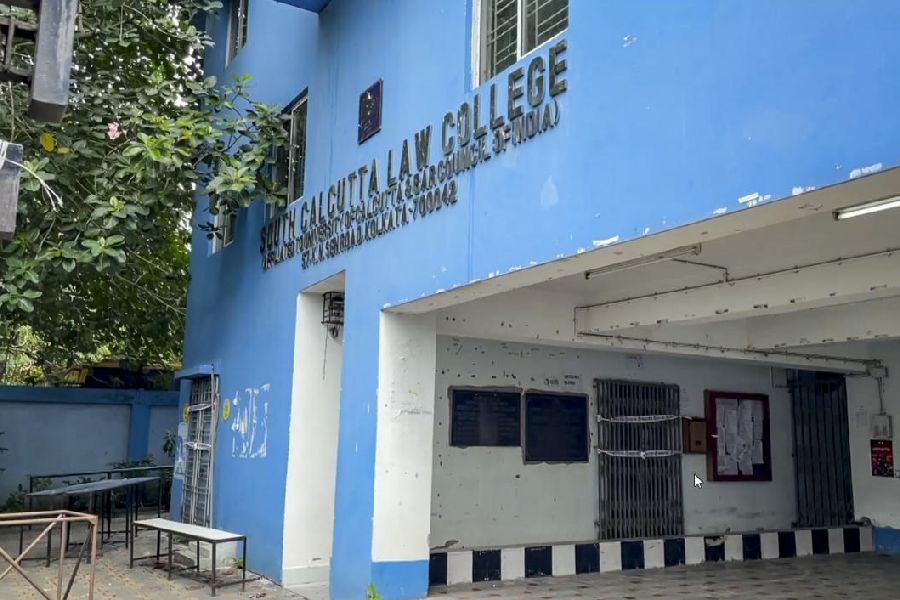 |
“If you kill a black buck in India, you get five years in prison, but for killing 59 people, you are punished for just two years. That amounts to 12 days in jail for killing each person…”
That’s how Neelam Krishnamurthy, who lost her two children in the Uphaar cinema fire in 1997, reacted when she heard the verdict against the accused. After the fire at AMRI Hospitals killed 92 people recently, victims’ families fear a similar fallout. They feel that those responsible for the terrible tragedy may also get off with a light punishment and that too may not happen for several years.
So why is it that our laws fail to adequately punish the rich and powerful who knowingly flout fire safety norms, turning hospitals, buildings and cinema halls into veritable gas chambers? It’s the result of a combination of factors, feels Supreme Court lawyer Geeta Luthra. “A plethora of confusing definitions, delaying tactics, tampering with evidence, the onus of proving the relevant sections of the Indian Penal Code (IPC) on the complainants, weak FIRs, lack of fast-track courts and separate laws governing cases of medical malpractice all lead to the accused getting off in such cases,” she says.
Section 304 of the IPC under which such cases are charged deals with culpable homicide not amounting to murder and attracts a punishment of life imprisonment, which may extend to 10 years, and a fine. It must be proved that the accused knew that his act could cause death, or result in such bodily injury as is likely to cause death.
The problem is that this section fails to work in tandem with the definition of culpable homicide not amounting to murder contained in Exceptions to Section 300 of the IPC. As Protik Prakash Banerjee, lawyer, Calcutta High Court, explains, “The definition of culpable homicide not amounting to murder tells a different story. It is defined as an act done on provocation, or to defend oneself or one’s property or family, or as a result of a sudden quarrel or where the person who died, being over 18 years, willingly suffers or takes the risk of his own death. How can any of the above apply in the case of those accused in the AMRI fire,” asks Banerjee.
Thanks to this loophole in the law, the prosecution is often unable to nail those booked under Section 304 (culpable homicide not amounting to murder.) As a result, in subsequent trials they are charged with Section 304A that deals with death caused by rash and negligent acts and carries a much lighter sentence of two years’ imprisonment.
Experts point out that proving the accused had knowledge that their act would cause death is extremely difficult as well. In the AMRI case, for example, the directors may have known that the basement was stacked with inflammable materials and that fire norms were not being followed, but proving that would be another story.
“A sort of corporate veil works in India where directors of hospitals or cinema halls take refuge behind the management staff who have the responsibility of running the day-to-day business of the institution,” says Dr Kunal Saha, who was awarded a compensation of Rs 1.7 crore by the National Consumer Redressal Forum in a case of medical negligence that he had brought against AMRI Hospitals and three Calcutta-based doctors who had allegedly caused the death of his wife Dr Anuradha Saha 13 years ago.
The Uphaar fire case also illustrates how owners or the top management get off with a light punishment at the expense of the junior management. The Ansal brothers, the owners of Uphaar, were charged with criminal negligence under Section 304A, while the hall managers were booked under Section 304.
The chargesheet against the three directors of Stephen Court for the fire that broke out in the building last year leading to a loss of 43 lives, also names Section 304. It remains to be seen how that case pans out, though interestingly, while all three directors are out on interim bail, the bail application of Stephen Court’s caretaker has been cancelled. This despite the fact that he was a mere employee and was unlikely to have been involved with decisions about not complying with fire safety regulations.
Some legal experts feel that if such people cannot be charged under the more stringent Section 304, then perhaps there ought to be a provision for stiffer punishment under Section 304A. Banerjee suggests that punishment under Section 304A should be increased by making a classification for offences related to hospitals and commercial buildings such as cinema halls, theatres, malls and so on. “Increasing the quantum of punishment under a section that can be proved is a better way to deal with the accused than putting in sections that cannot be proved,” he says.
Others point out that the FIR in such cases should also be a strong one and should mention the appropriate sections. “Why isn’t Section 302 of the IPC that deals with murder, given in such cases,” wonders Alok Kumar Mitra, senior criminal lawyer, Calcutta High Court. “The fourth clause of Section 300 of the IPC says, ‘If the person committing the act knows that it is so imminently dangerous that it must, in all probability, cause death or such bodily injury as is likely to cause death, then it is murder’. Wasn’t switching off the fire alarms, trying to cover up the fire breakout, not allowing patients to come down even though it was known that a fire had broken out, and not allowing anyone to enter the building to carry out rescue operations not imminently dangerous acts? If so, why can’t the directors be accused of murder?”
Luthra too feels that FIRs should be made strong, and says that the practice of passing the burden of proving the crime to the complainant is misguided. “In cases of negligence by doctors and hospitals, the patient has to prove breach of legal duty by bringing in expert opinion and evidence. How many of us have the means to do that,” she asks.
There are also no separate fast-track courts in India to try cases of medical malpractice. Though the consumer courts are supposed to be fast-track, they have no power to punish the accused, and can only grant compensation to victims. “It’s amazing that cases dealing with the loss of human lives through negligence is handled by the same court that deals with cases dealing with defective household goods,” exclaims Dr Saha.
To punish the guilty the victims’ family has to file a separate case in a criminal court, which, of course, can drag on for several years.
Clearly, unless steps are taken to resolve the contradictions in the law that deals with culpable homicide not amounting to murder, the accused in the AMRI fire tragedy will, in all probability, find it easy to slip through its loopholes.










